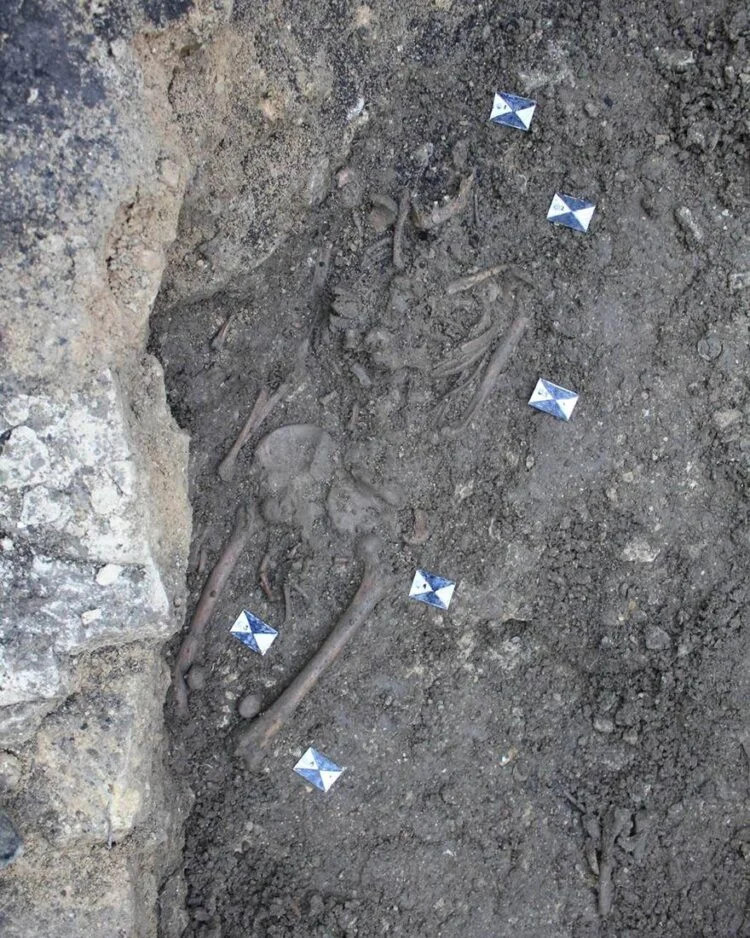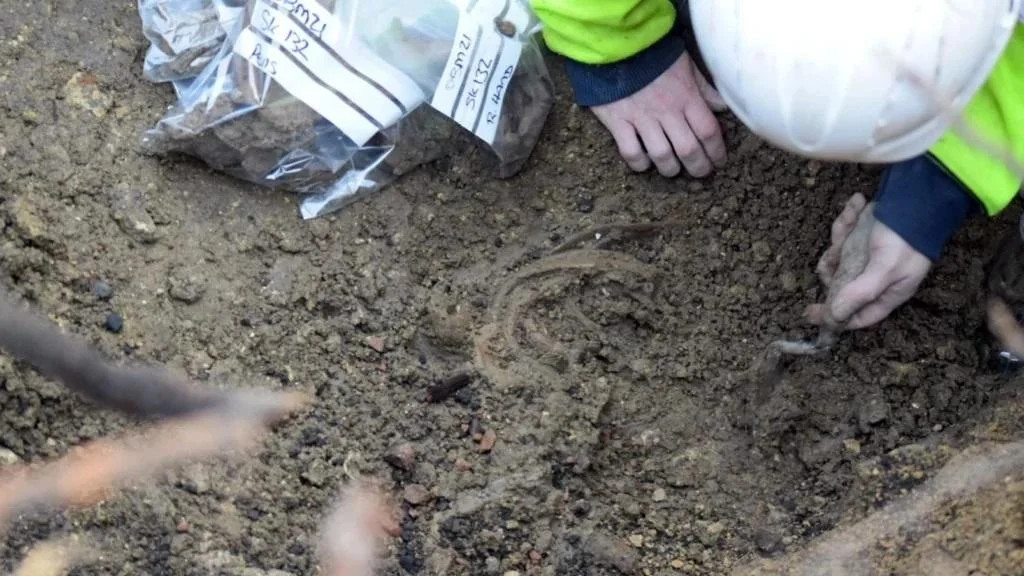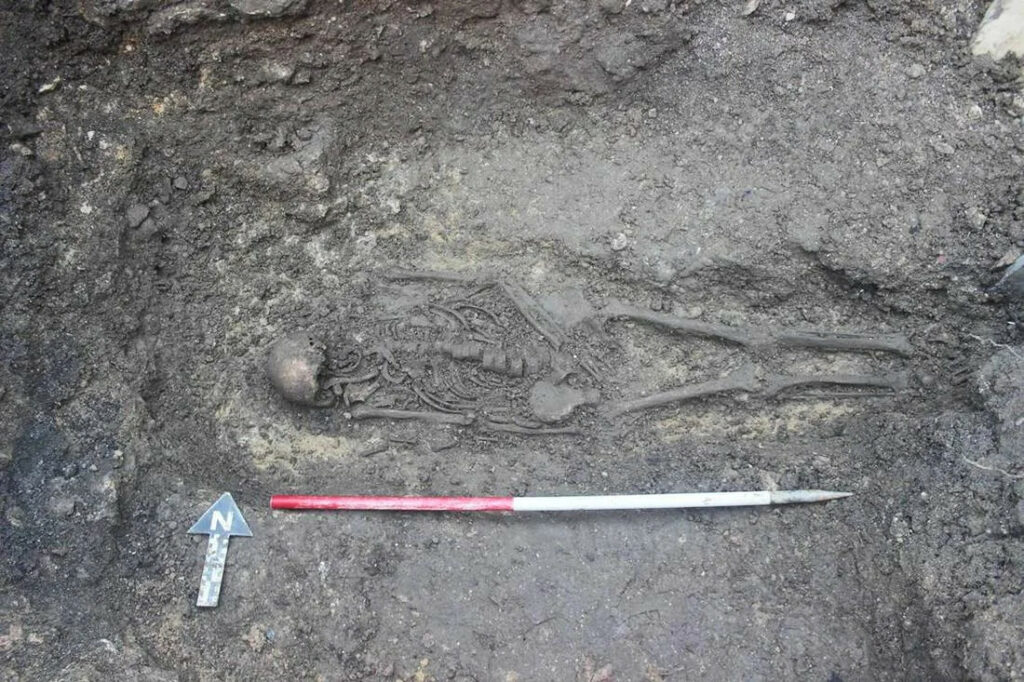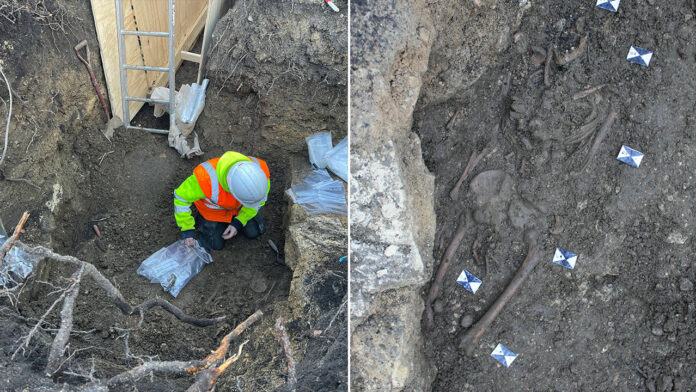Ancient Secrets Revealed at The Old Bell Hotel

In a remarkable archaeological discovery, a cemetery dating back over a millennium has been unearthed in the garden of The Old Bell Hotel in Malmesbury, Wiltshire, England. This excavation has brought to light the skeletal remains of 24 individuals, offering unprecedented insights into the early monastic community associated with Malmesbury Abbey.
A Glimpse into Malmesbury’s Rich Past
The Old Bell Hotel, a historic building from 1220, sits adjacent to Malmesbury Abbey, a former Benedictine monastery founded around 676 CE. This excavation, part of the Big Athelstan Dig celebrating the 1100th anniversary of King Æthelstan’s coronation, has uncovered not just skeletal remains but also grave goods dating from 670 to 940 CE.

Transforming Understanding of Malmesbury Abbey’s Origins
Local historian Tony McAleavy emphasizes the significance of this find: “This discovery literally transforms our understanding of the birth of Malmesbury Abbey in the seventh and eighth centuries. We’ve found traces of the community of people who helped the monks here.”
First Physical Evidence of Early Monastic Life
Paolo Guarino, Assistant Publications Manager and Malmesbury resident, notes that while historical sources mentioned the monastery’s foundation, this excavation provides the first solid evidence of 7th to 9th-century activity in Malmesbury.
A Community Effort in Preserving History
The excavation, conducted in 2023, was part of a community archaeology event. It has not only confirmed historical accounts but also provided physical evidence of the settlement predating the abbey’s construction.

Project manager Alex Thomson states, “The finds represent the first confirmed evidence of 7th–9th century CE activity in Malmesbury, suggesting that the burials were potentially associated with the early establishment of the neighboring Benedictine monastery.”
Stewards of Local History
Kim and Whit Hanks, owners of The Old Bell Hotel, express their honor in acting as stewards of local history: “This exciting discovery intertwines history with the present, providing a rare insight into the lives of Middle Saxon period Malmesbury residents.”

This remarkable find sheds new light on Malmesbury’s rich history, offering a tangible connection to one of Western Europe’s most significant centers of learning during the early medieval period.

